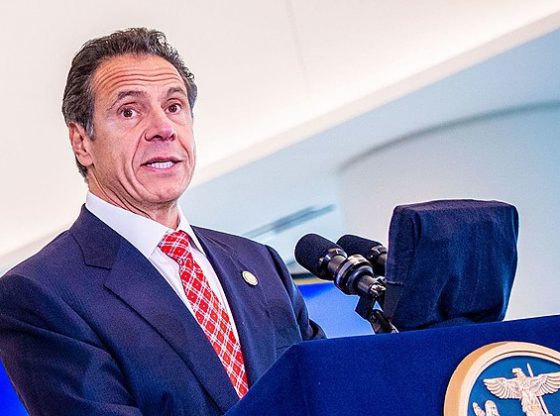The number of Americans who were food insecure increased from 2021 to 2022, despite President Joe Biden boasting about the success of the economy following the recent release of new economic data.
In 2022, 12.8% of American households, or 17 million households, had difficulty at some point during the year providing enough food for all members of their family, compared to 10.2% in 2021, according to a report from the U.S. Department of Agriculture (USDA). The data, which was released in October 2023, comes as Biden testifies to the strength of the American economy following substantial Gross Domestic Product (GDP) growth of 4.9% in the third quarter of 2023.
“I never believed we would need a recession to bring inflation down — and today we saw again that the American economy continues to grow even as inflation has come down,” the president said on Thursday in a statement following the GDP announcement. “It is a testament to the resilience of American consumers and American workers, supported by Bidenomics — my plan to grow the economy by growing the middle class. The unemployment rate has been below 4% for 20 months in a row, real wages are up over the last year, and median wealth for American families has grown by a record amount accounting for inflation.”
Of U.S. households with children under 18, 17.3% were food insecure at some point in 2022, with parents and caregivers forgoing food for themselves to maintain a normal diet for the kids, according to the USDA. Children, themselves, were food insecure at some point in the year in 8.8% of households in 2022.
Food insecurity spiked last year to a level not seen since the U.S. economy was slowly recovering from the financial crisis https://t.co/NcJ5FTuNYA pic.twitter.com/jQTmaIs830
— Axios (@axios) October 27, 2023
Around 55% of households considered food insecure reported using at least one of the three largest federal nutrition assistance programs — the Supplemental Nutrition Assistance Program, the Special Supplemental Nutrition Program for Women, Infants and Children and the National School Lunch Program, according to the USDA.
Inflation peaked at 9.1% in June 2022 and has since slowly decelerated, but stayed elevated and measured at 3.7% for both September and August 2023, which is far from the Federal Reserve’s 2% target. Real wages have declined 2.1% since Biden first took office in the first quarter of 2021, according to the Federal Reserve Bank of St. Louis.
Food banks across the country have recently reported a massive uptick in the demand for assistance, with some saying that the number of people they have received is higher than even during the COVID-19 pandemic, when many were put out of work due to closures. Inflation was a key component of the rise, according to the food banks that spoke with the Daily Caller News Foundation.
The White House did not immediately respond to a request to comment from the DCNF.
Will Kessler on October 27, 2023
















